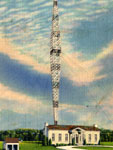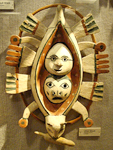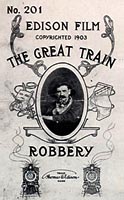Teaching Digital History
"Across the country, an increasing number of teachers have discovered an exciting and innovative way to promote a love of history. Easy-to-use software (such as Microsoft’s PhotoStory and Movie Maker, and Apple’s iMovie) and extensive copyright-free online images (like those found on the Library of Congress’s American Memory site) make it possible for students to create high quality, Ken Burns-like videos combining narration, text, graphics, and historical images and music. Professor Mintz, a pioneer in the application of new technologies to history teaching and research, will lead teachers through the process of creating digital documentaries with their students."



